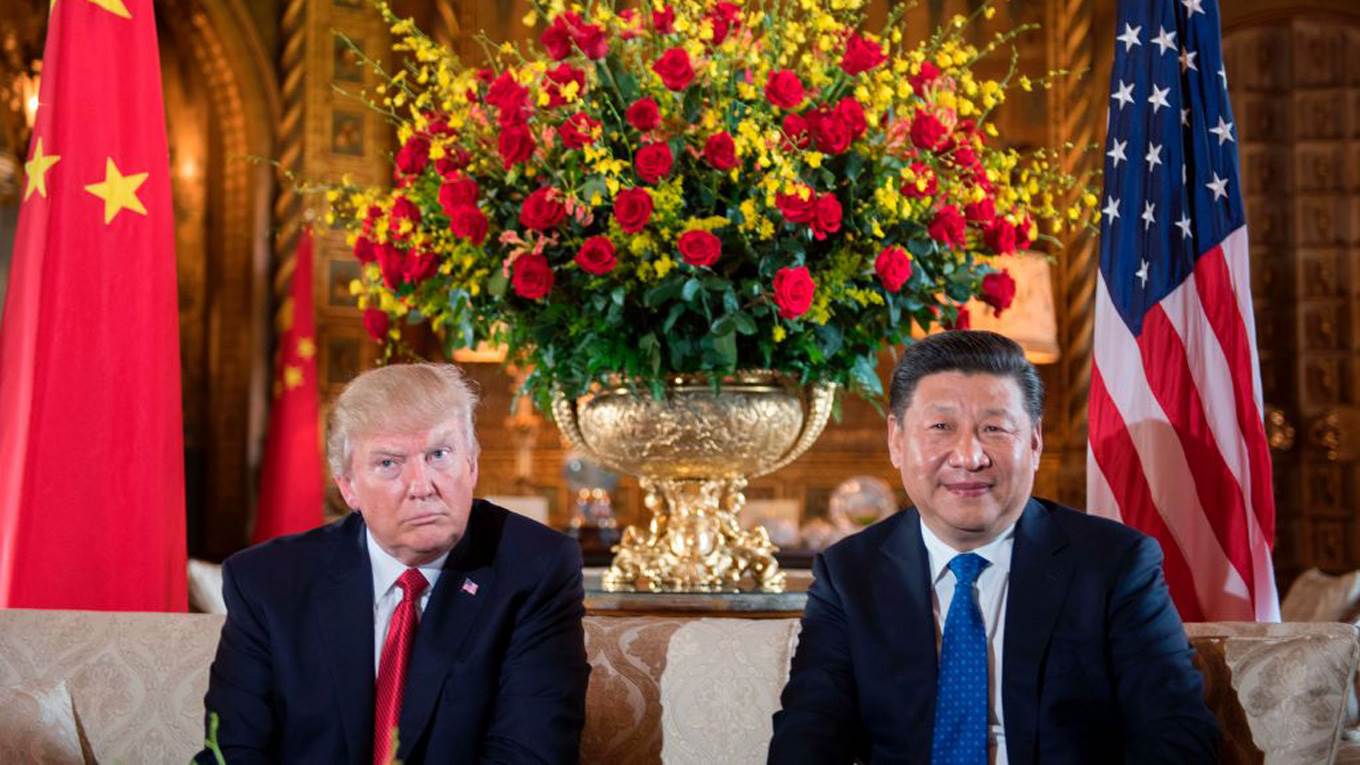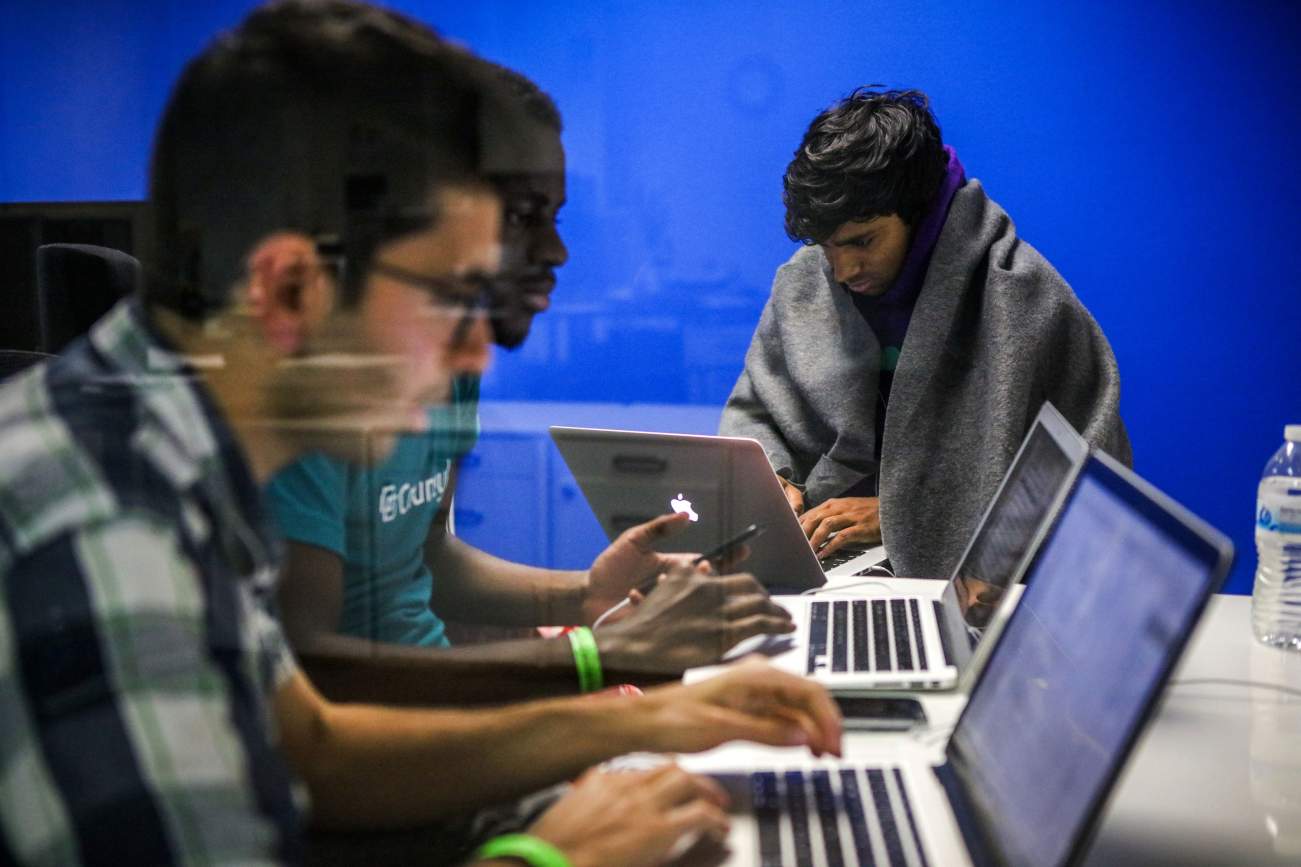 India has been one of the fastest growing large economies in the world, the International Monetary Fund (IMF) has said, asserting that the country has carried out several key reforms in the last five years, but more needs to be done.
India has been one of the fastest growing large economies in the world, the International Monetary Fund (IMF) has said, asserting that the country has carried out several key reforms in the last five years, but more needs to be done.
Responding to a question on India’s economic development in the last five years at a fortnightly news conference here, IMF communications director Gerry Rice Thursday said, “India has of course been one of the world’s fastest growing large economies of late, with growth averaging about seven per cent over the past five years.” “Important reforms have been implemented and we feel more reforms are needed to sustain this high growth, including to harness the demographic dividend opportunity, which India has,” he said.
Details about the Indian economy would be revealed in the upcoming World Economic Outlook (WEO) survey report to be released by the IMF ahead of the annual spring meeting with the World Bank next month, he said.



















